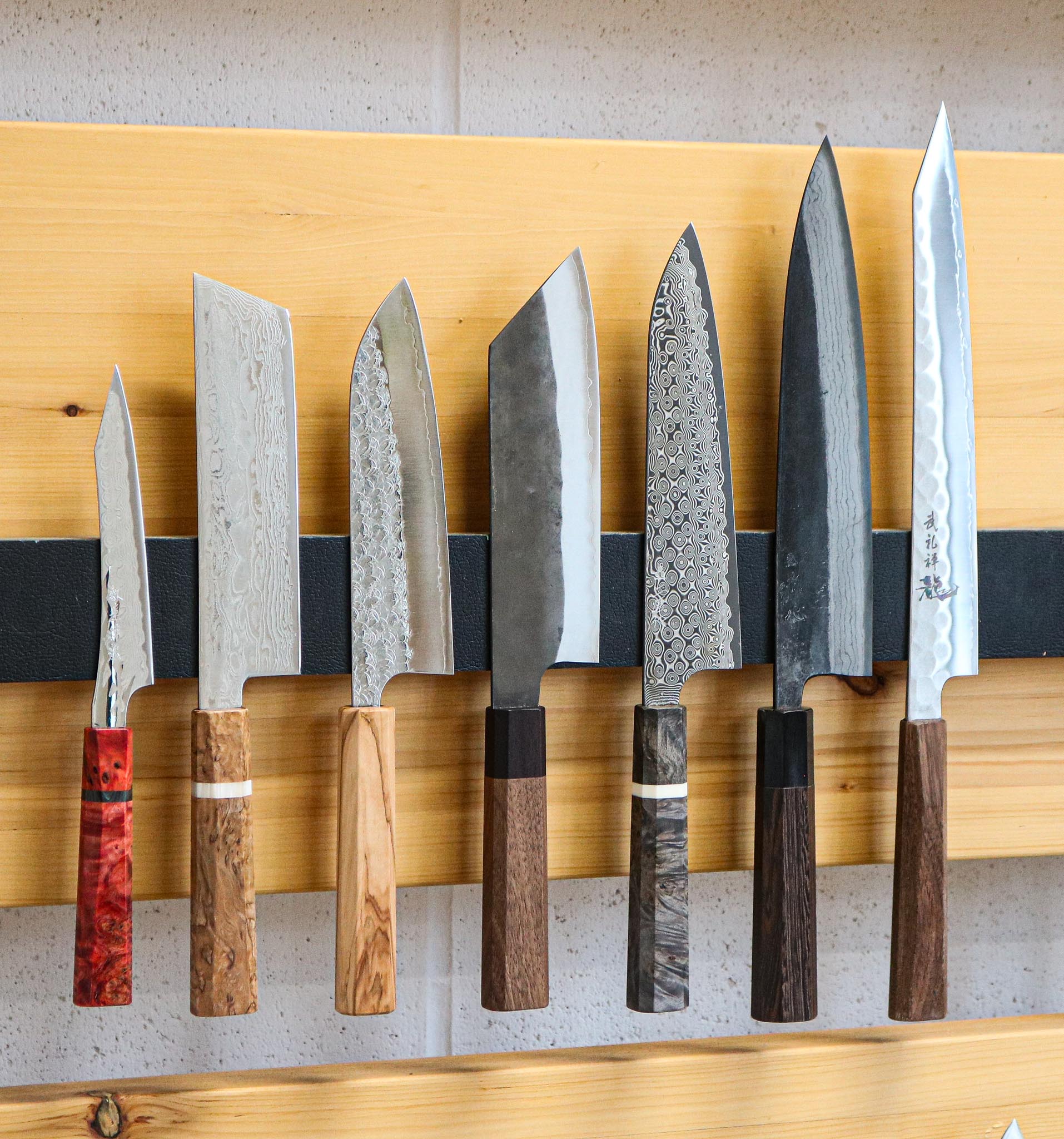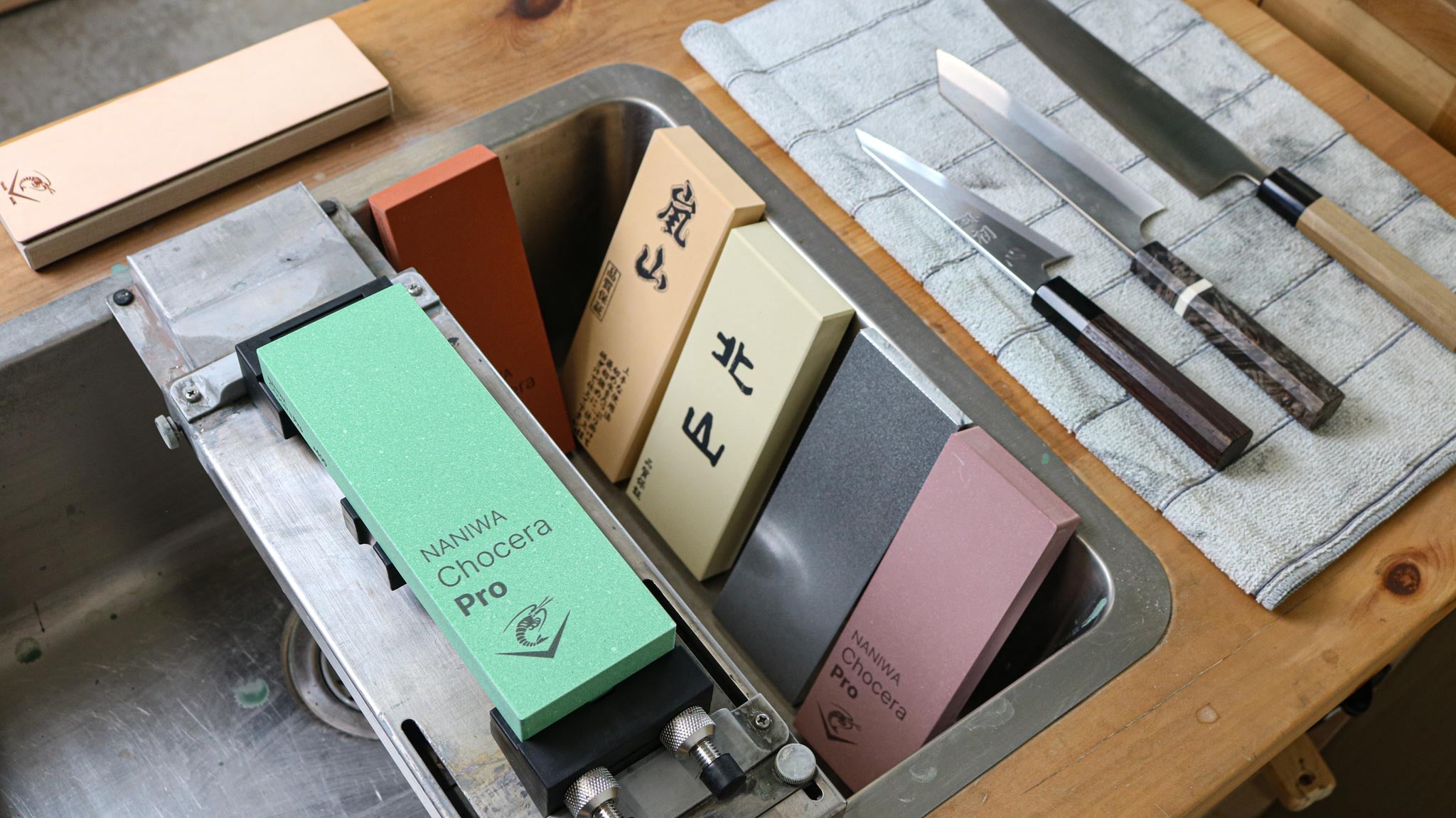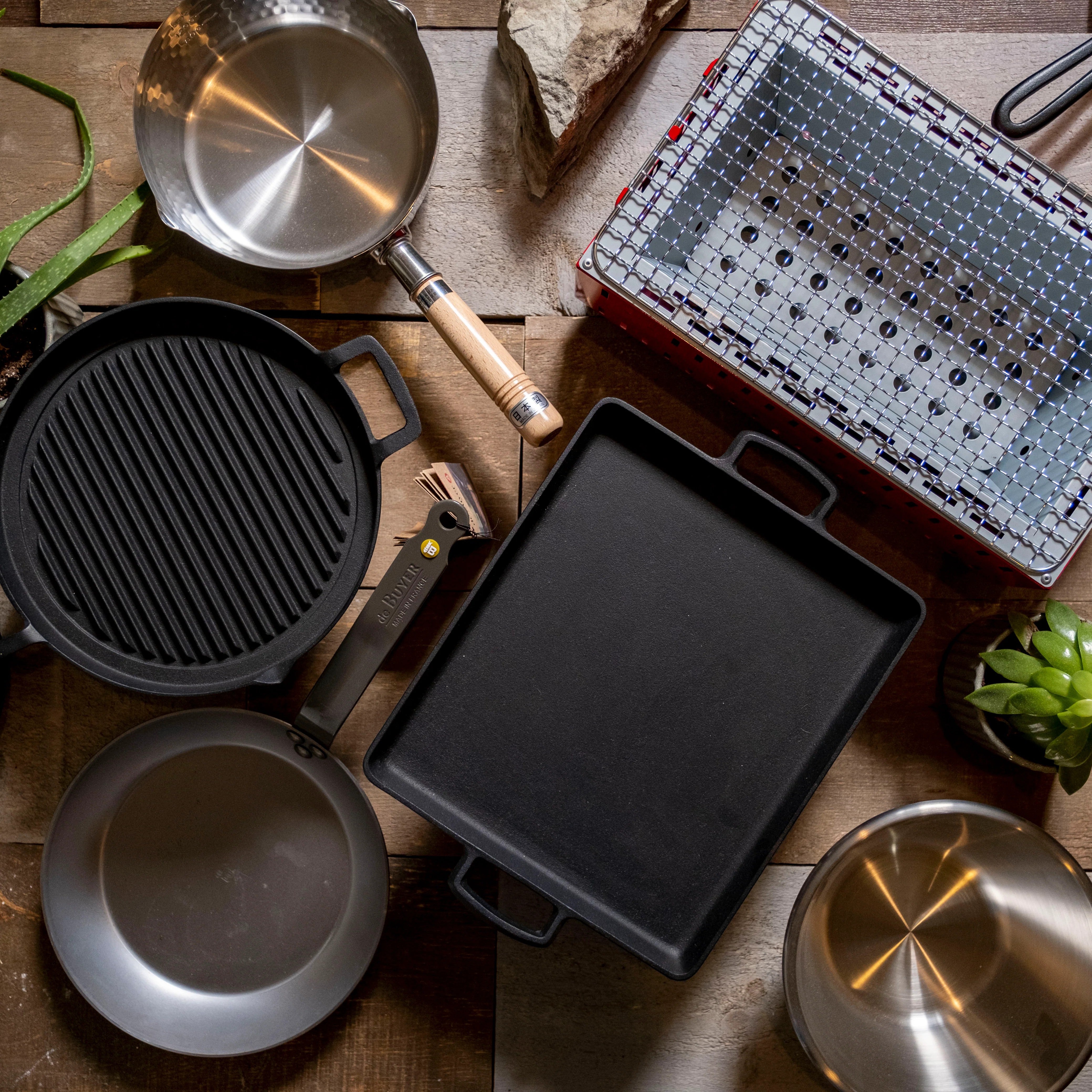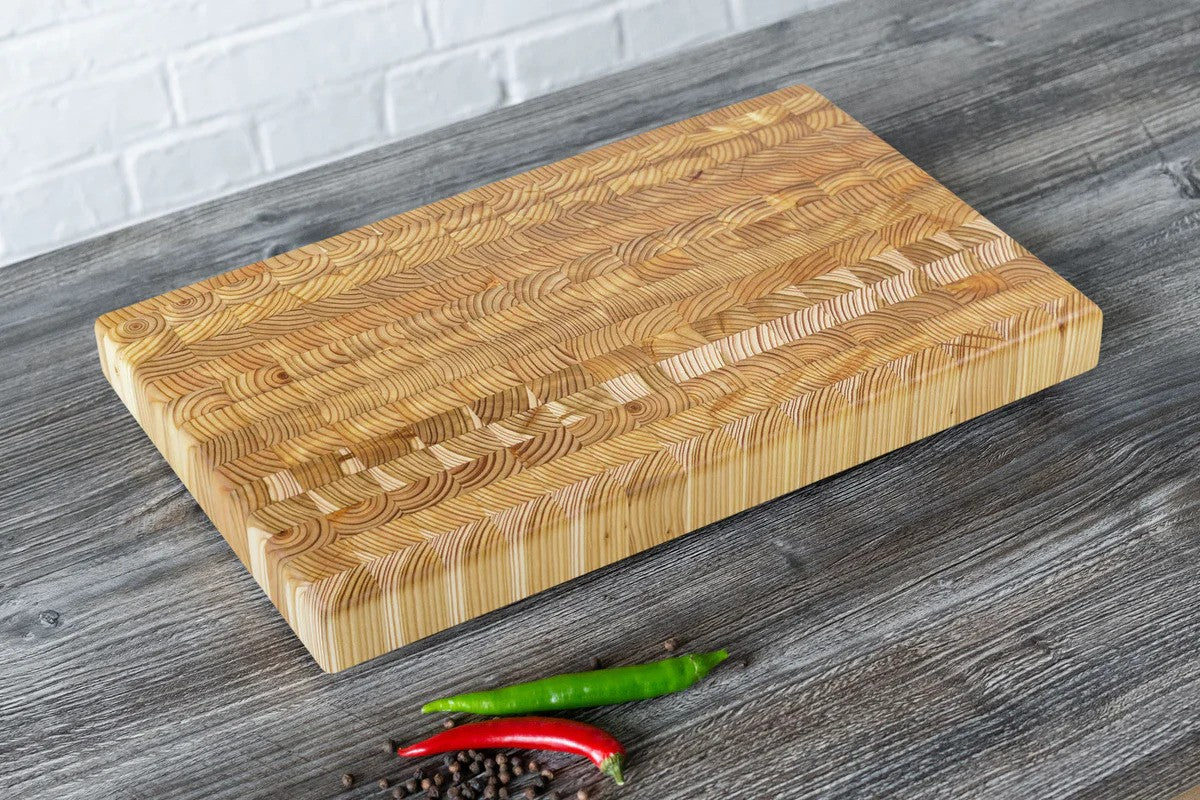Menu
IRON CLAD (HIGH MAINTENANCE)
Price
$0
$710.95
Knife Type
Composition
Steel Type
Blade Length
Finish
Masamoto KS Kiritsuke Gyuto 220 mm


Quick View
11% off


Masamoto KS Kiritsuke Gyuto 220 mm
- Sale price
- $679.45
- Regular price
- $754.95
IRON CLAD
Iron clad knives are considered high maintenance, as they require more care than both stainless steel and stainless clad knives to keep in top shape.
Iron clad knives are composed of three layers of material: iron coating the outside with carbon steel inside. All layers are susceptible to rust and discolouration, so they must be kept dry and clean by wiping them down immediately after use. They will develop a patina (a darkening of the steel; blue, dark grey, and sometimes black colouration of the blade) no matter how well they are cared for. Iron clad knives are great for those who plan to thin and polish their blades, as iron is much easier to work with than stainless steel and they react favorably to high grit and natural stones.
HOW TO CARE FOR IRON CLAD KNIVES
Knives that have an Iron Cladding are the most reactive and susceptible to rust and discolouration. If any part of the blade is left wet or left in contact with something containing any amount of moisture these blades can and will rust. We generally only recommend these knives to the most meticulous of users: whether you're a professional or home cook, what matters is how diligently you will wipe down and and care for the blade. All that needs to be done to avoid rusting is to wipe the knife down immediately after use.
With proper care, a protective layer called a patina will form on the blade turning it dark grey and even close to black in some cases. If any rust should form it can be easily removed using a rust eraser, baking soda paste, or an abrasive scrubby pad.
Remember to follow the care recommendations for all Japanese Knives:
- Do not put them in the dishwasher or soak them in water, as this may ruin the wooden handle and rust the blade.
- Wash with soapy water and wipe dry after each use, especially after handling acidic ingredients, to minimize the risk of rusting.
- Don’t cut through anything you wouldn’t bite through, like frozen foods, hard candies, or bones, as this may chip or damage the knife.
- Don't torque the blade, as this may chip the knife. Use it in a forward and back, up and down motion without twisting.
- Don’t scrape the cutting board with your knife, as this will cause it to dull quickly and ruin your edge.
- Use an end grain wooden cutting board or hi-soft rubberized cutting board if you can to protect your edge. Glass, bamboo, and granite are terrible materials for cutting boards, and plastic is only slightly better.
- Choosing a selection results in a full page refresh.














